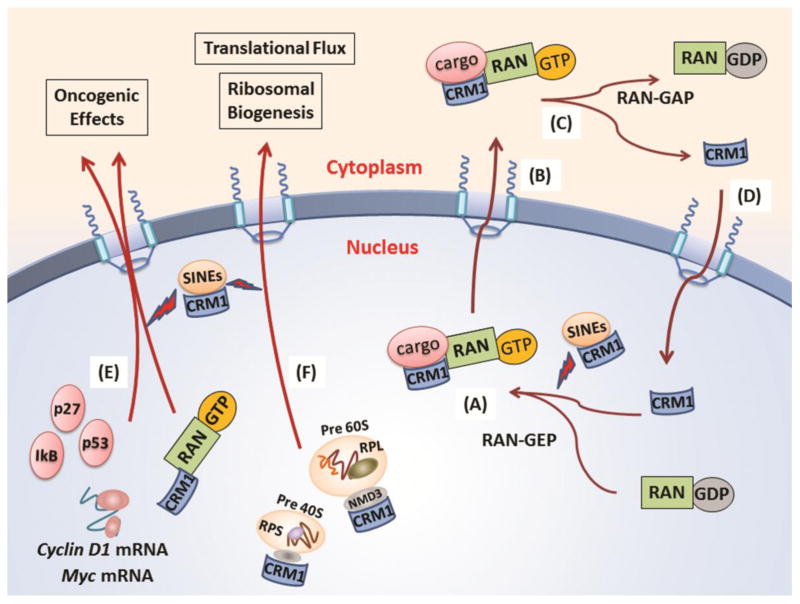Figure 1. Pathophysiological functions of CRM1 and inhibition of its function by CRM1 inhibitors.
CRM1 plays its role as nuclear exporter through RanGTP dependent mechanism. A cargo with a leucine-rich nuclear export signal (NES) can bind the hydrophobic groove of CRM1, and once a trimer with RanGTP with these molecules formed in the nucleus (A), these complex exits through nuclear pore complex into the cytoplasm (B). In the cytoplasm, RanGTP-activating protein induces hydrolysis of GTP to GDP, and the cargo is released from CRM1 (C). RanGDP and CRM1 are subsequently recycled through the nuclear pore complex back into the nucleus (D). Over 230 proteins were found as cargo of CRM1 so far, including p53, p27, IkB and so on (E). The 40S and 60S ribosomal subunits are also exported to the cytoplasm in a CRM1 dependent manner, with an adaptor protein NMD3 (F).

